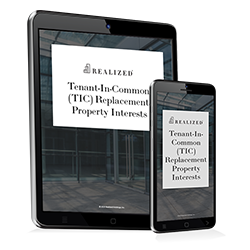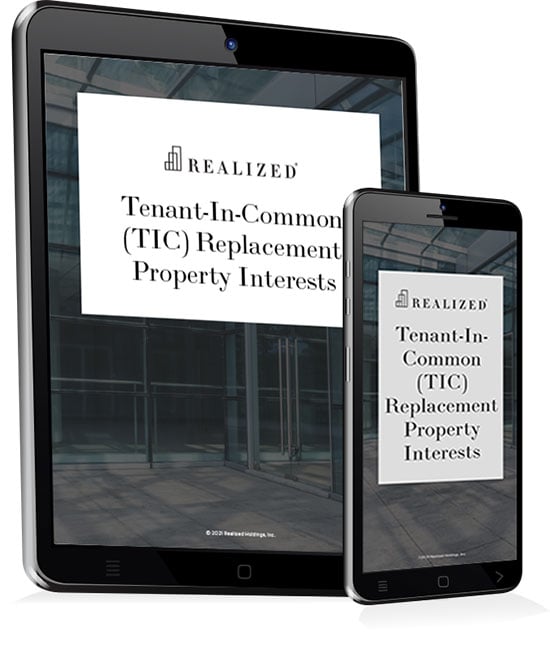
Tenant-in-common (TIC) ownership structures are still broadly used as a real estate investment structure. An important component of TICs is that every co-owner needs to get along so that decisions can be made in a timely manner. This generally works best with a small group of people who know each other and have an understanding of the use of the property and what any goals for the property might be.
A TIC provides each co-owner with an undivided, fractional interest in the property. TICs can be used for residential, commercial, or industrial property. TICs can also be used in a 1031 exchange by having the seller of the relinquished property become a TIC owner through the replacement property.
In this article, we’re going to look at the rights that TIC co-owners have and the liabilities they are exposed to.
Rights
TICs provide liberal rights to co-owners. Co-owners can make independent decisions about what they want to do with their share of the property. Unless the transfer of ownership negatively affects the entire property (e.g., if a security interest, such as a mortgage or deed of trust, affects the property's value). A consensus or any other type of voting is not required. Additionally, everyone has equal rights to access and use the entire property.
Ownership is based on interest (equity). This is also called tenancy-in-common interest.
Co-owners proportionately participate in profits, based on the ownership interest. However, this is not a legal requirement. Profit share can be split in other ways. Costs are commonly distributed based on the share of ownership (i.e., pro rata).
Co-owners can sell or transfer their interest at any time. They can also pass their share of interest on to their heirs.
Each co-owner holds title (directly or through a disregarded entity) according to the tenant in common under local law.
Liabilities
A TIC must be properly structured to qualify as a real estate investment and take advantage of a 1031 exchange. Improperly structured documents can result in ownership interest being classified as a partnership or a corporate interest or even shares in a security.
TICs can have no more than 35 co-owners. While 35 might be arbitrary, it does mean the TIC can grow from just a small number of co-owners, who may get along, to a much larger number of people, who may not get along. Additionally, as more people get involved, the arrangement will become more complex.
Someone may sell their share of the property to a person who is difficult to deal with. Or allow it to be inherited by the same kind of person. This one person can end up wreaking havoc on the decision making process for the existing co-owners.
There’s always the risk of disputes arising with TICs. As more people are added to the TIC, the potential for gridlock, and the inability to get anything done increases.
As new co-owners come in, any prior arrangements with previous owners can be lost. Binding agreements with the previous owner do not transfer to the next owner.
While every owner has equal rights to the property, they do not have equal responsibilities. Some owners may overuse the property.
Going into a TIC with co-owners that you don’t know too well can be a high-risk endeavor. Getting everyone on the same page about the property can help decrease risks to co-owners. Still, it can be difficult to do since one co-owner’s actions can affect every co-owner of the property.



